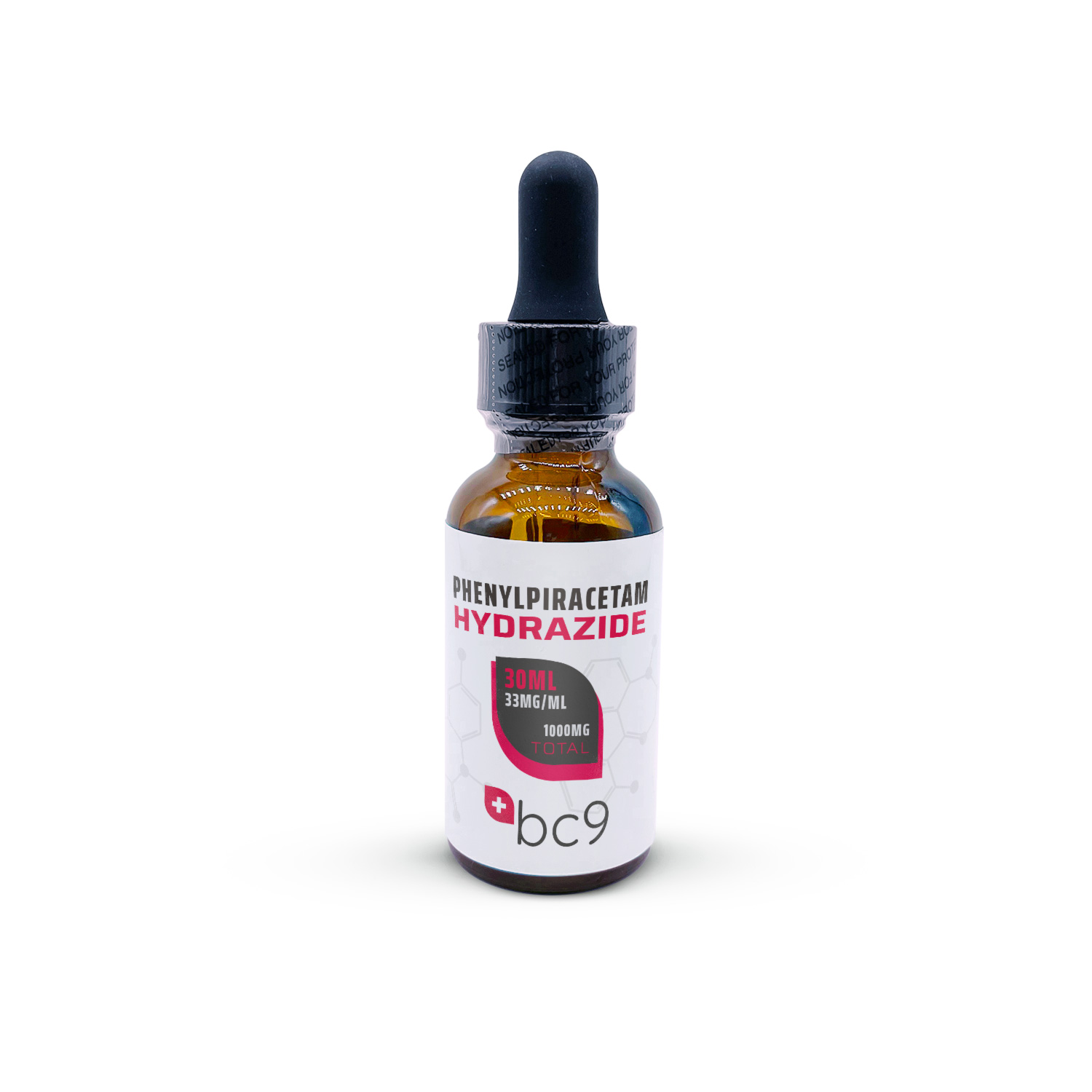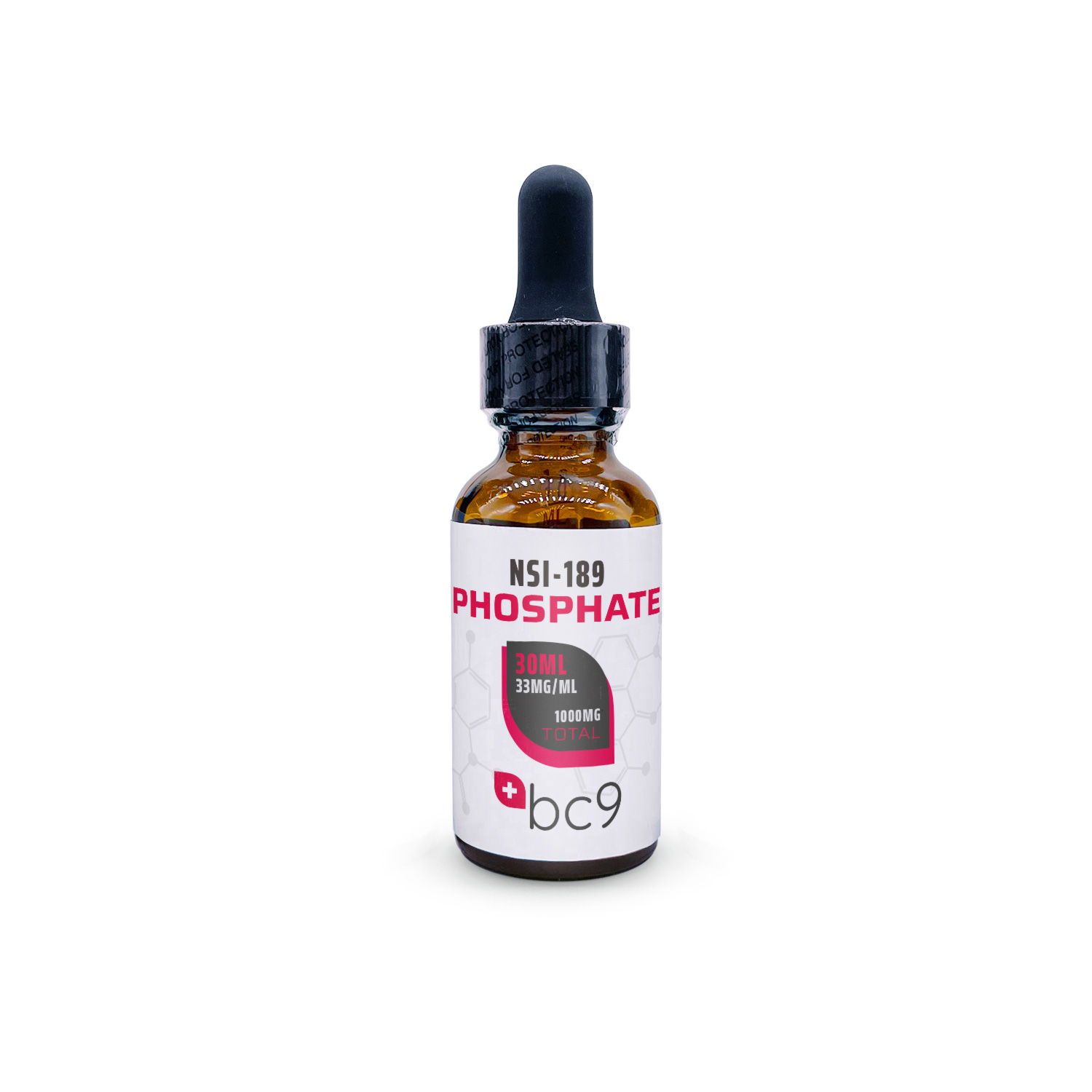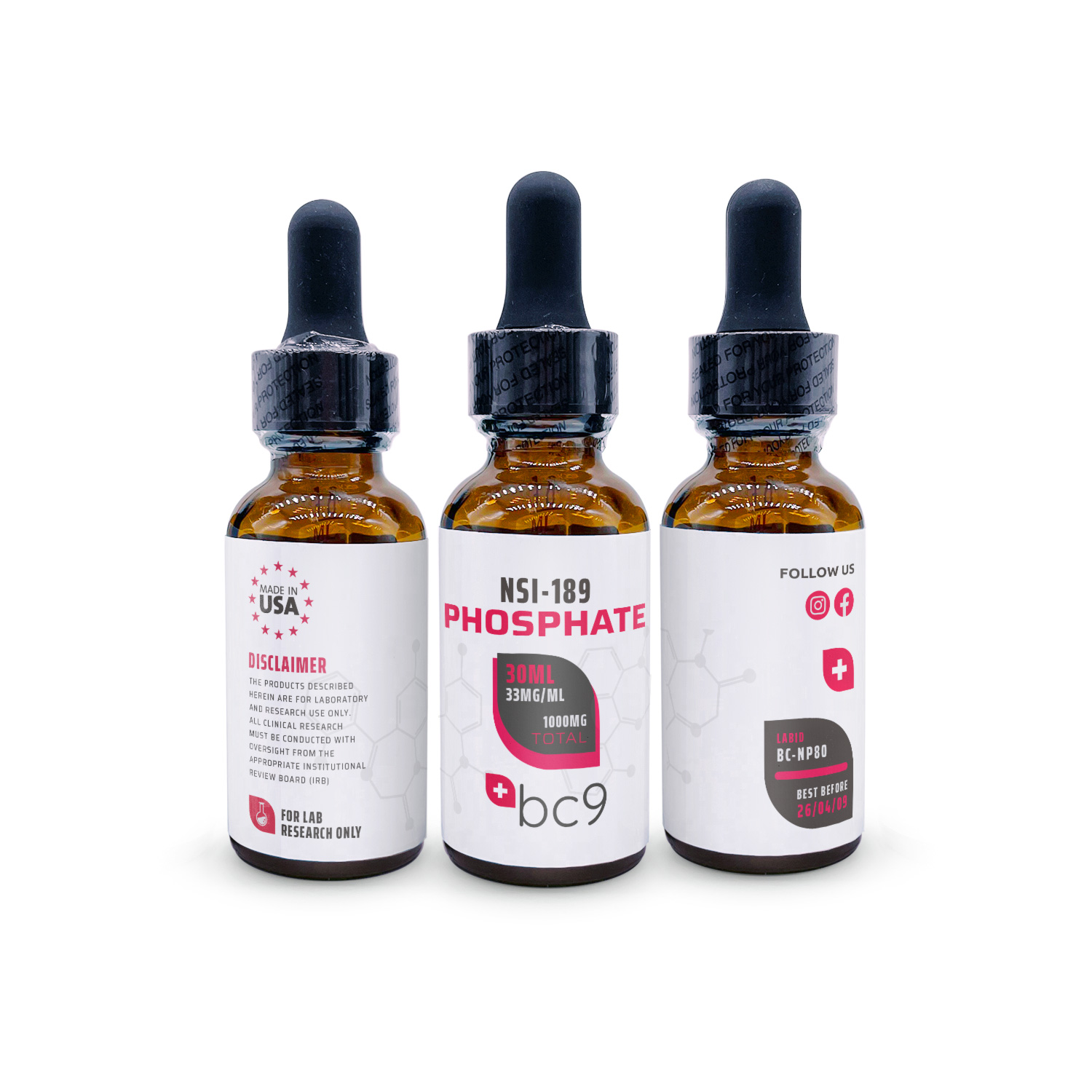Showing 25–31 of 31 results
-
Get 15% OFF on this Product - Add to Cart now for instant discount!
-
Get 15% OFF on this Product - Add to Cart now for instant discount!
-
Get 15% OFF on this Product - Add to Cart now for instant discount!
-
Get 15% OFF on this Product - Add to Cart now for instant discount!
-
Get 15% OFF on this Product - Add to Cart now for instant discount!
-
Get 15% OFF on this Product - Add to Cart now for instant discount!
-
Get 15% OFF on this Product - Add to Cart now for instant discount!
Immune Products on Sale:
Immune
How Do Immune Compounds Work?
These compounds can potentially work through various mechanisms, often targeting processes associated with aging and age-related diseases. Some of the fundamental mechanisms through which longevity and Immune compounds work include:
- Reducing Oxidative Stress: Oxidative stress occurs when there is an imbalance between the production of reactive oxygen species (ROS) and the body’s ability to neutralize them with antioxidants. Long-term oxidative stress can contribute to aging and age-related diseases. [R] Many longevity compounds are studied for their potential antioxidant properties. This may help to reduce oxidative damage to cells and tissues. IGF-1 LR3 (Insulin-like growth factor 1) is involved in cell growth and repair processes. It is being researched to indirectly impact oxidative stress by promoting tissue repair mechanisms, which can potentially help mitigate oxidative damage. [R]
- Enhancing Cellular Repair and Maintenance: As organisms age, the ability of cells to repair damage and maintain proper function declines. Longevity compounds are being studied for their potential to promote cellular repair mechanisms, such as DNA repair, protein quality control, and autophagy (degrading and recycling damaged cellular components). [R] Interesting research related to cellular repair and maintenance includes Thymosin Alpha 1 (TA1), which has shown the potential to fight against virus-infected cells and cancer cells. In lab studies, TA1 has shown the ability to slow down the growth of both virus-infected cells and cancer cells. [R]
- Activating Longevity Pathways: Certain signaling pathways are known to regulate the aging process. For example, the sirtuin pathway, potentially activated by compounds like resveratrol, plays a potential role in cellular metabolism, DNA repair, and stress response. Other pathways involved in longevity include the AMP-activated protein kinase (AMPK) pathway and the mechanistic target of rapamycin (mTOR) pathway. [R]
- Reducing Inflammation: Chronic inflammation is a hallmark of aging and is associated with many age-related diseases, including cardiovascular disease, neurodegenerative disorders, and cancer. [R] Some longevity compounds may have anti-inflammatory properties, helping dampen excessive inflammation and promote a more balanced immune response. Selank is a synthetic peptide with potential anxiolytic and immune-modulating properties. This potential may help modulate the inflammatory response and reduce inflammation. [R]
- Modulating Metabolism: Metabolic processes play a significant role in aging, as energy metabolism and nutrient-sensing alterations can impact longevity and immunity. [R] Certain compounds may modulate metabolism, such as promoting fat metabolism, improving insulin sensitivity, or enhancing mitochondrial function, which can contribute to healthier aging. Growth hormone-releasing peptide 6 (GHRP-6) is being investigated for its effects on growth hormone release. Growth hormone plays a role in metabolism, promoting fat metabolism and enhancing lean muscle mass. Evidence obtained by an animal study indicates that GHRP-6 also has the potential to enhance the healing process and improve the esthetic outcome of wounds. [R]
- Protecting Against Cellular Senescence: Cellular senescence is the irreversible cell proliferation arrest associated with aging and age-related diseases. Longevity compounds may help protect against cellular senescence by promoting the clearance of senescent cells or preventing their accumulation. [R]
BC9’s Immune Category
Dive into the diverse world of immune compounds and explore the types designed to suit various research needs. From specialized formulations to compounds crafted for specific research goals, our Immune category encompasses a variety of immune compounds, offering researchers options tailored to their experiments.
Explore Potential Benefits and Effects With BC9’s Immune Category
Potential Therapeutic Applications
Researchers are interested in exploring the therapeutic potential of these compounds in treating various immune-related disorders, such as autoimmune diseases, allergies, and infections. By understanding how these compounds modulate immune function, scientists hope to develop new treatments to target these conditions effectively.
Immune System Regulation
The immune system is incredibly complex, involving a network of cells, tissues, and signaling molecules that work together to defend the body against pathogens and maintain homeostasis. [R] Imbalances or dysregulation in the immune system can lead to various health issues. These compounds are studied to understand how they can influence different aspects of the immune response, such as the activation of immune cells, the production of inflammatory mediators, and the regulation of immune tolerance.
Tissue Repair and Regeneration
Many healing compounds, particularly peptides like BPC-157 and Thymosin Alpha 1, have been shown in preclinical studies to have potential applications in promoting tissue repair and regeneration. Researchers are investigating their possible applications in accelerating wound healing, repairing damaged tissues, and improving recovery from injuries or surgical procedures. Immune modulation is crucial in these processes, as the immune system orchestrates tissue repair mechanisms.
Potential for Enhancing Immune Health
In addition to treating specific conditions, some of these compounds are studied for their potential to support overall immune health and resilience. By boosting immune function, these compounds may help better resist infections, recover more quickly from illness, and maintain vitality as they age. This area of research is particularly relevant in the context of preventive medicine and public health efforts to reduce the burden of infectious diseases.
Frequently Asked Questions
What are immune compounds?
Immune compounds are molecules or substances that can potentially regulate or support immune system research.
What are some examples of immune compounds?
Immune compounds include vitamin C, vitamin D, zinc, selenium, omega-3 fatty acids, probiotics, flavonoids, polyphenols, beta-glucans, and various peptides like thymosin alpha one and thymalin.
Why is immune compound research necessary?
Immune compound research is essential for understanding how various nutrients, herbs, peptides, and other bioactive compounds can influence immune function and contribute to health and wellness.
How are immune compounds studied in research?
Immune compounds are studied using various research methods, including in vitro experiments, animal studies, and clinical trials. Researchers may investigate their effects on immune cells, inflammatory markers, gene expression, and clinical outcomes related to immune function and health.
Why buy from BC9?
BC9 is a trusted ally for researchers committed to advancing scientific understanding through precision, quality, and transparency. Our meticulously crafted formulas, designed exclusively for research purposes, ensure accuracy and reliability in experimental settings, empowering researchers in scientific excellence. Reinforcing our dedication to quality, every batch of our research compounds undergoes rigorous third-party testing by accredited laboratories, guaranteeing purity, quality, and consistency. With research-grade ingredients and stringent quality control measures, researchers can trust that our products meet the highest standards, facilitating credible and impactful studies. Our commitment to transparency is reflected in detailed documentation, including a Certificate of Analysis,


















